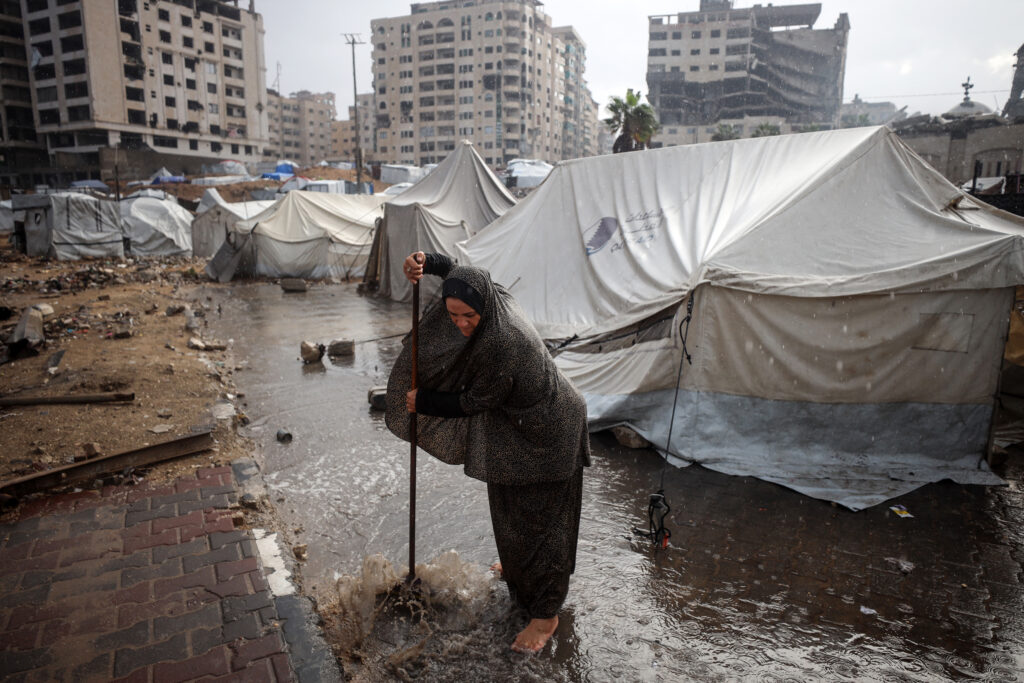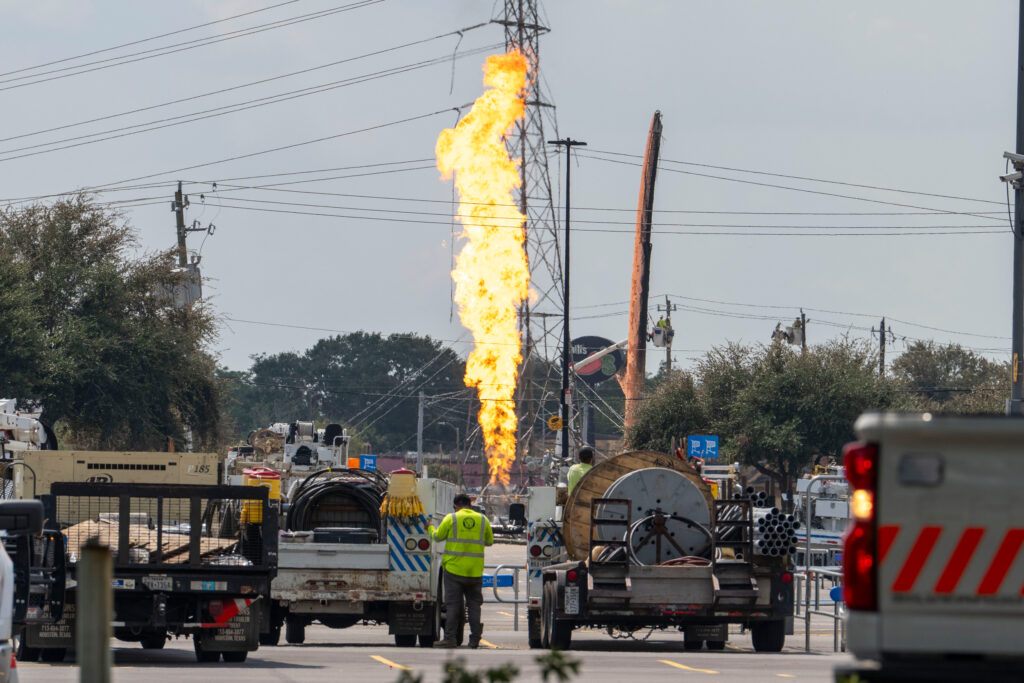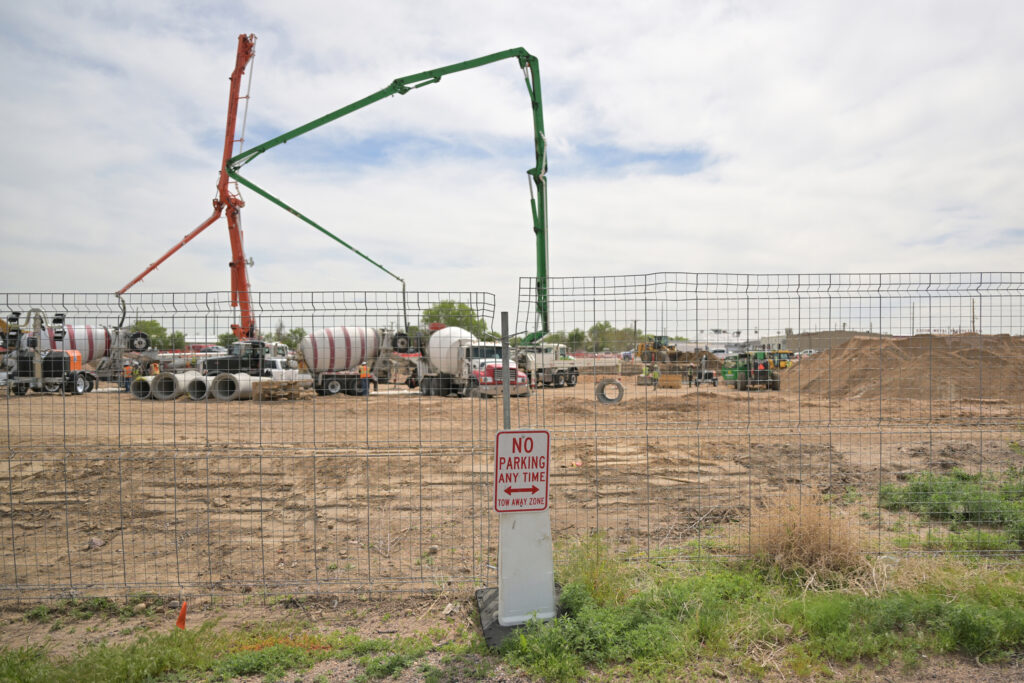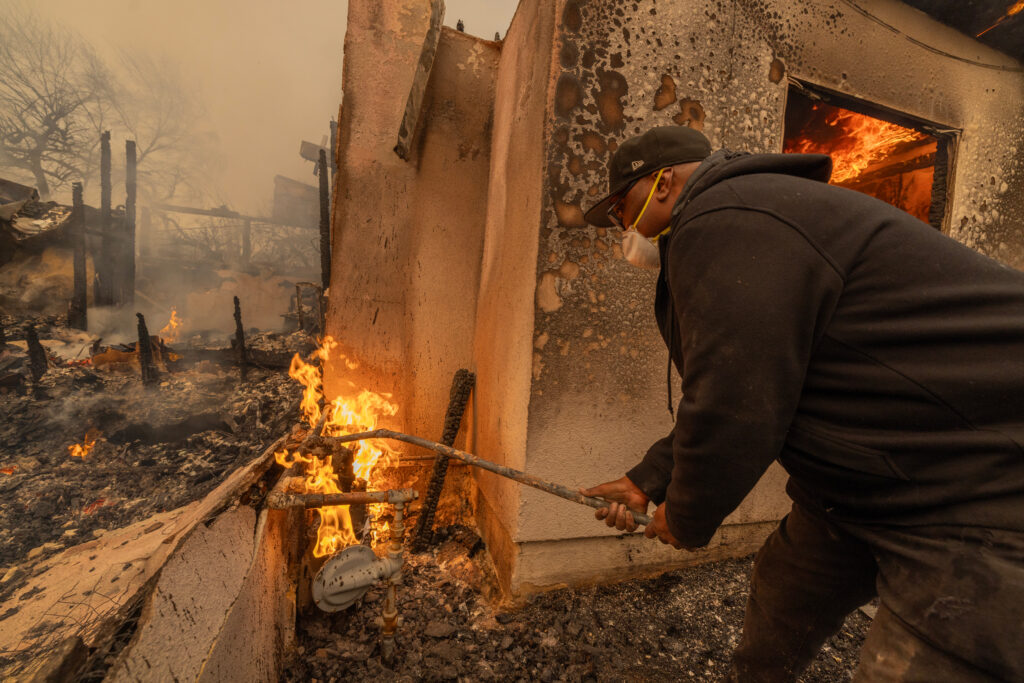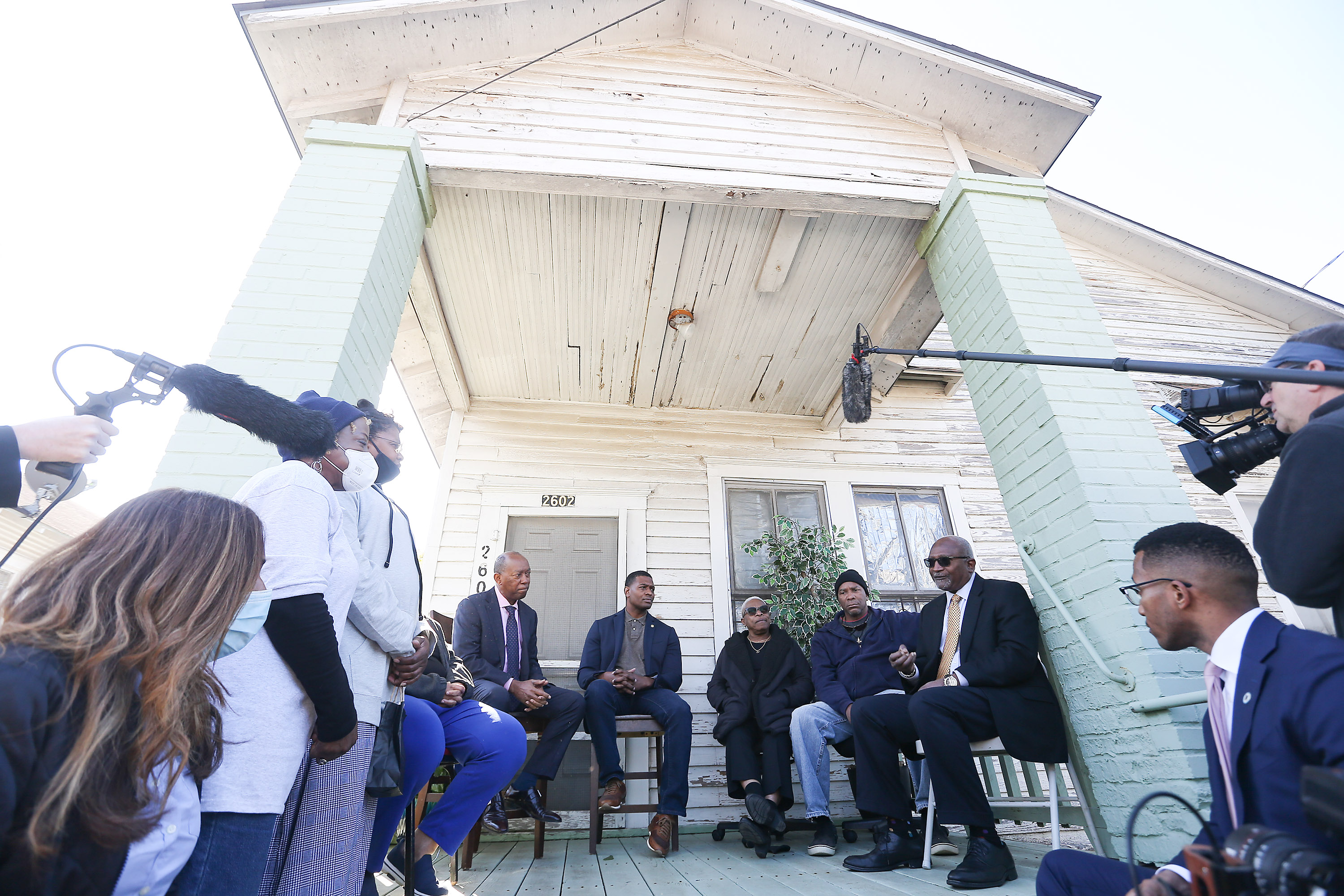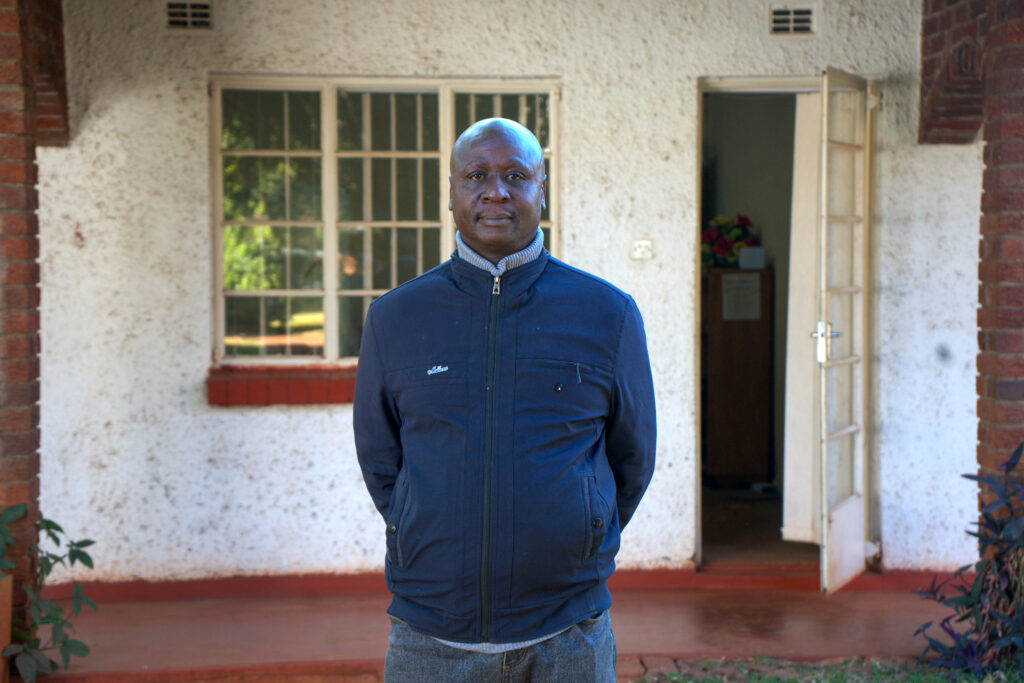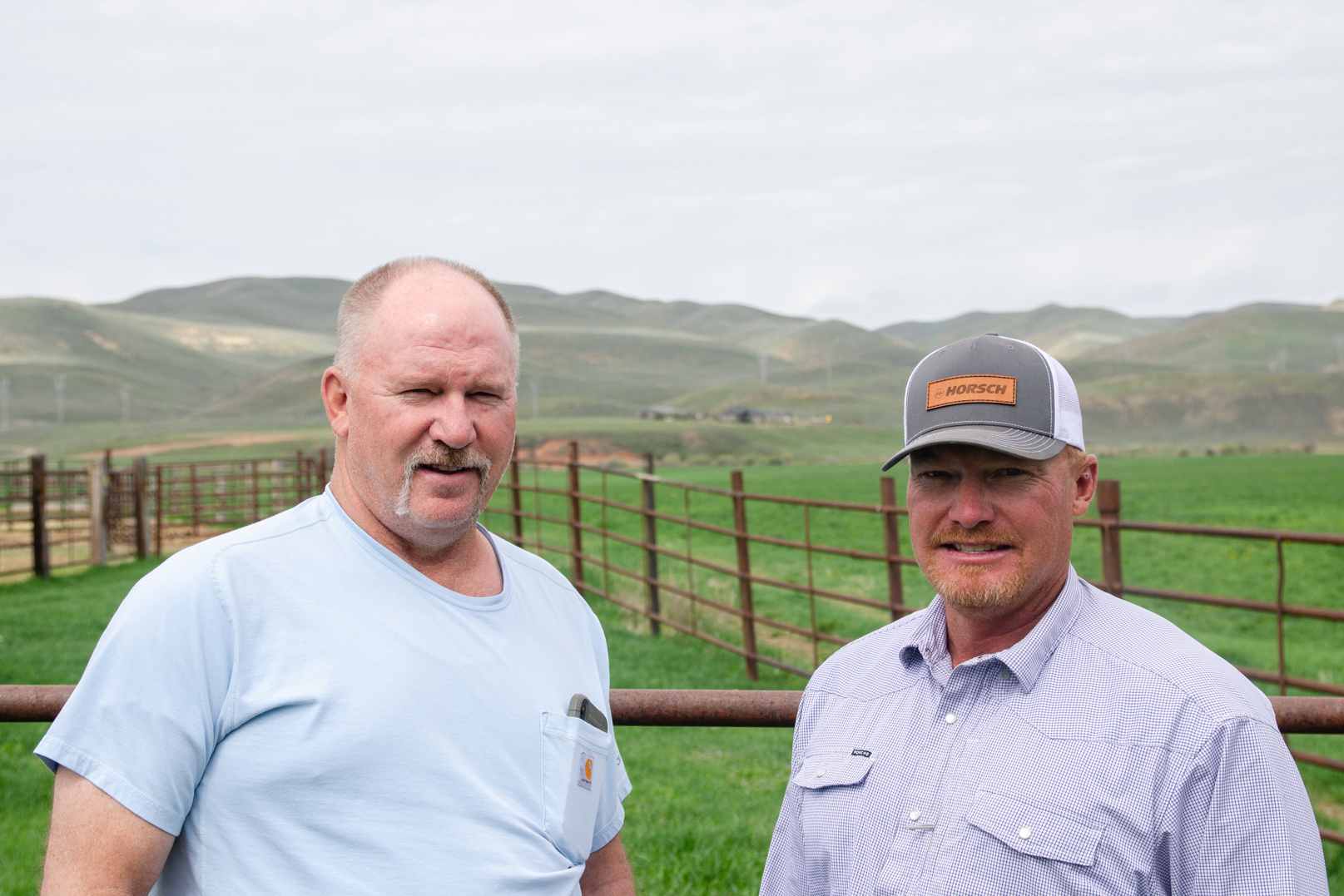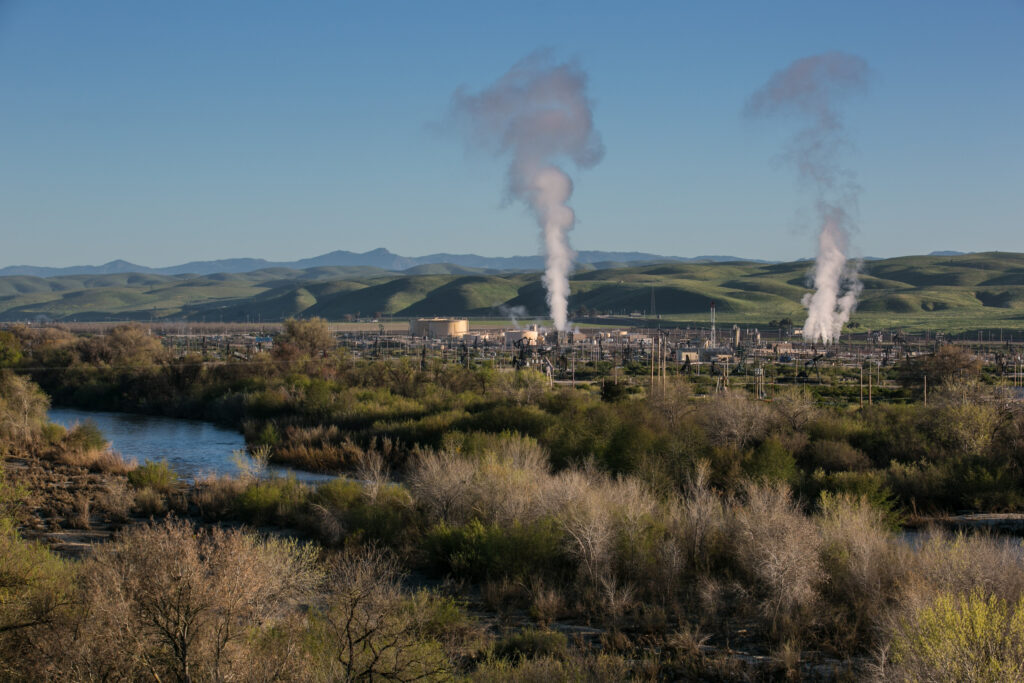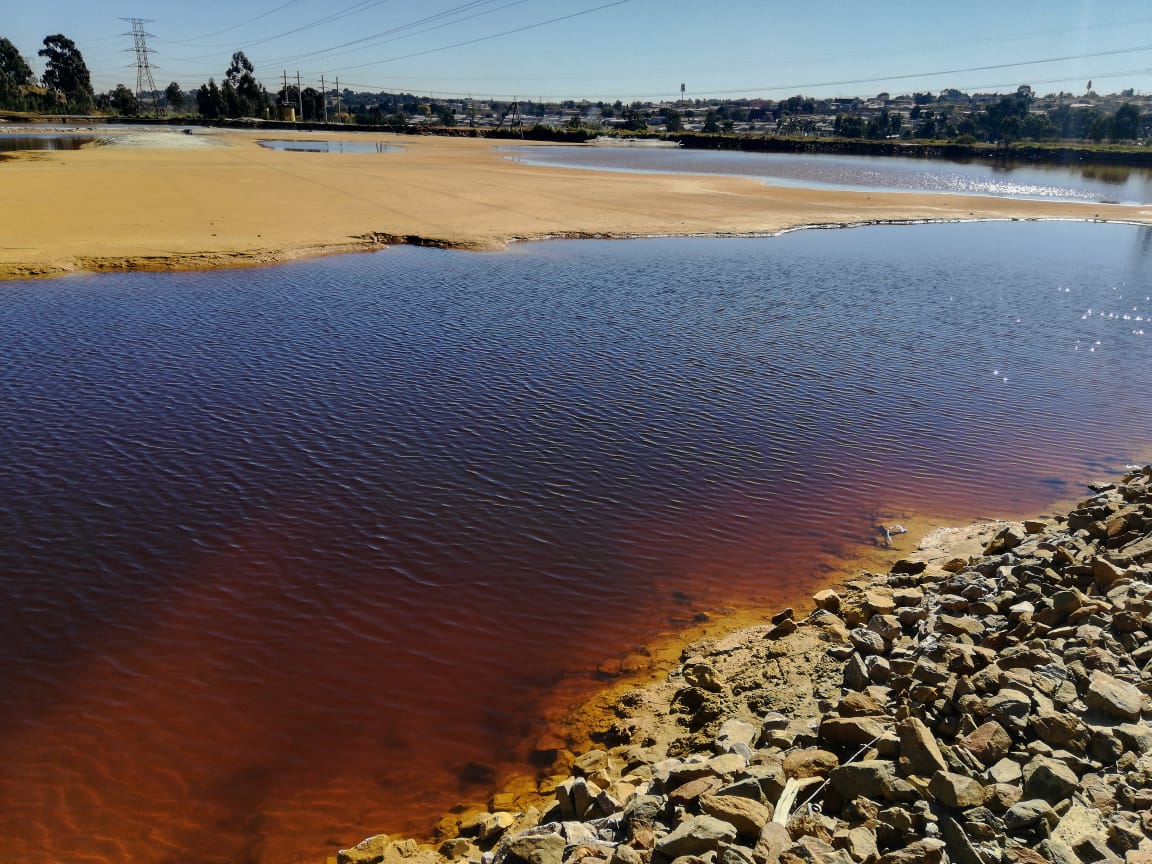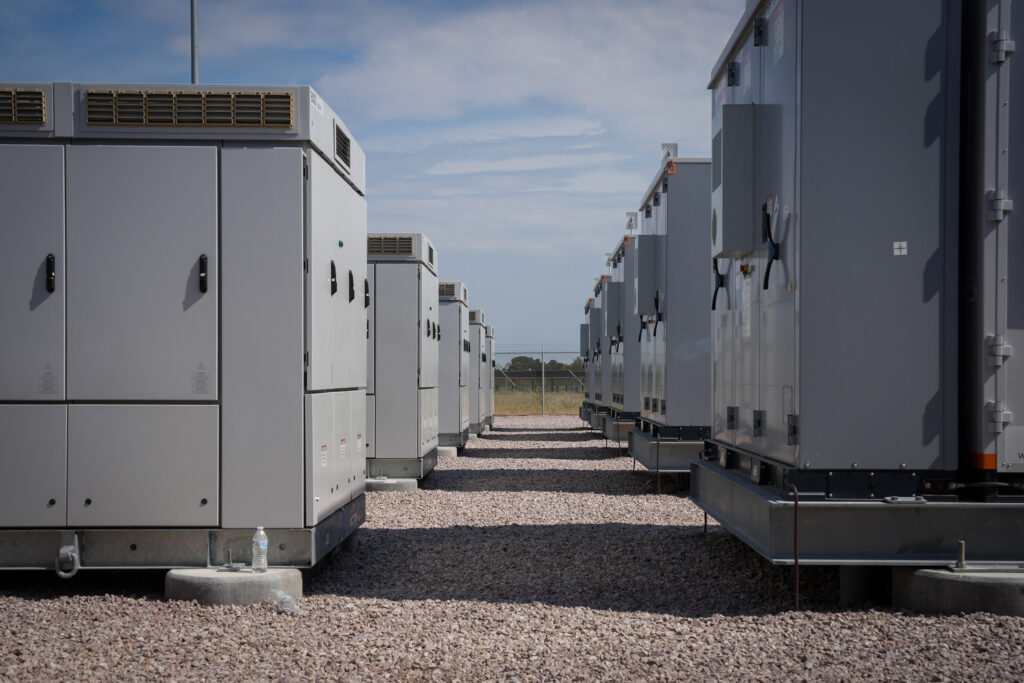PHOENIX—After the hottest summer on record in the nation’s hottest major city, residents, nonprofits, academics and community leaders are planning for the heatwaves to come.
With the days finally cooling below triple digits, dozens of south Phoenix locals gathered at a community garden, going from one table to another, a mix of English and Spanish in the air, to voice their concerns and ideas on how to cool their neighborhood from the increasing extreme heat driven by climate change.
They pointed out bus stops and parking lots, schools and grocery stores, places they frequent no matter the weather, with the tables holding maps showing the spots in the community that were easiest and hardest to plant the trees needed to provide shade. Their feedback was documented by university students and workers with a local community group, then mapped by Arizona State University researchers, staff and students. The next step is a localized neighborhood shade plan for the city of Phoenix’s Urban Tree Program.
From there, the city will plant trees—and the program will begin creating the workforce to take care of them. At the garden, locals learned about paid learning opportunities to connect community members to careers dedicated to mitigating heat and increasing sustainability, like landscape design and water conservation.
It’s all part of a new three-year project called the Greater Phoenix Urban Forestry Accelerator. Led by ASU in partnership with local municipalities, businesses and nonprofits, the $5 million effort aims to provide the shade needed to take the edge off the Phoenix metropolitan area’s increasingly hot summers while creating new jobs for residents of the Valley. One looming issue: The funding comes from the federal government, with reimbursement to begin once the money is spent, but that money could dry up after the change in presidential administrations in January.
The timing for this work couldn’t be more vital. Phoenix saw 113 straight days of temperatures reaching at least 100 degrees in 2024, shattering the national record, while lows consistently stayed in the 90s. The temperatures led to 466 deaths from extreme heat, with another 191 being investigated, according to data from Maricopa County. Heat often kills those most vulnerable, like the city’s homeless population and the elderly. In 2023, 645 people died from the heat.
“We need to sustain an industry that can support the natural solutions, the heat mitigation, long term,” said Jen Clifton, the assistant director of community economic development with ASU’s Walton Sustainability Solutions Service, who is leading the program. “It cannot just be a volunteer effort—that’s important, but it’s never going to be enough. So we’re trying to create something that’s really going to last.”
Clifton said the goal of the Urban Forestry Accelerator program is to do just that, supporting the full “life cycle” of a tree. The neighborhood workshops allow residents to get a shade plan tailored to their community’s needs and identify the locations where officials can plant trees. Meanwhile, the workforce-development side of the program creates the jobs needed to keep the trees alive for generations, hopefully creating hundreds of jobs across the metro area.
In total, they plan for 144 paid learning opportunities in English and in Spanish across a range of sectors, in addition to at least 67 paid internships in green jobs and 30 learning and mentoring opportunities for entrepreneurs looking to launch or scale a business in support of cooling the city. The team has started working in Phoenix, Tempe, Guadalupe and Mesa, Clifton said, bringing the project’s collaborative approach involving “the social, health, environmental and economic benefits of trees to the frontline communities as widely as they can.”
“Heat certainly knows no boundaries,” she said.

Nor is it distributed equally. Neighborhoods like south Phoenix, communities with higher rates of people of color and those living below the poverty line, tend to suffer hotter temperatures. Those neighborhoods often have less shade and green spaces to mitigate the extreme heat.
Mark Champion has seen how the heat has worsened in his neighborhood of Lindo Park, one of the communities getting a micro shade plan as part of the program. “The heat is less tolerable,” he said. “It’s just getting crazier.”
A lifelong Arizonan, the south Phoenix resident attended workshops for the shade program after he received a knock on his door inviting him to come to one and provide input. He’s optimistic the program will help the community by providing more shade and creating jobs, both of which he says are much needed.
“This neighborhood has been undeveloped for the last 20 years and that’s truly unfortunate,” Champion said. “It’s good to see the city taking an interest in helping residents, with keeping their electric bills down and increasing the value of their properties, but they are also just simply enhancing the community altogether.”
From Plans to Action on Heat
Cities and communities across the Phoenix metro area have kickstarted urban forestry programs to provide more shade, but they’ve run into problems. Some have seen trees die from the extreme heat—usually nonnative species. And there’s a shortage of both funding and workers, with many of the large plantings relying on volunteers.
Phoenix, for example, set a goal in 2010 to have 25 percent canopy coverage across the city by 2030. With no funding committed and a lack of clear direction, the effort fell apart.


“We have to move beyond talking and into action,” said Tawsha Trahan, director of environmental justice at Unlimited Potential. The south Phoenix nonprofit organization, which focuses on adult education and environmental justice, has partnered with the ASU program.
“What’s cool about this project is we talk about the challenges with implementing shade and then we put [the solutions] into action. So that’s why the city of Phoenix is here, that’s why ASU is here. That’s why you got landscape architects and arborists here. So all of those collaborators can come together and start to take some real action.”
Some big changes to the city’s shade coverage may finally be in the works. The city’s Office of Heat Mitigation recently approved a new $60 million plan to plant 27,000 trees over the next five years.
This story is funded by readers like you.
Our nonprofit newsroom provides award-winning climate coverage free of charge and advertising. We rely on donations from readers like you to keep going. Please donate now to support our work.
Donate Now
The solution, experts have said, needs to go beyond just the planting. And that’s where ASU’s Urban Forestry Accelerator comes in, with its actionable micro plans for neighborhoods and workforce development.
“The solution is more jobs,” said Lora Martens, urban tree program manager with the city of Phoenix. “We need more people getting paid to maintain our trees and shrubs and everything. We need more people working in the forestry industry, from seeds to trees dying.”
Will Funding Be Pulled Back?
The program is possible because of a $5 million grant from the Justice40 Initiative through the U.S. Forest Service’s Urban and Community Forestry Program. The money comes from the Inflation Reduction Act, the Biden administration’s landmark climate law that is funneling billions of dollars to climate action. Phoenix itself has received millions of dollars from the act for heat-mitigation work, including planting trees.
That law has been targeted by President-elect Donald Trump. The incoming administration is looking to roll back that spending, and some Republicans—who opposed the bill when it was passed—are looking to repeal it in its entirety.
The program’s funding comes via reimbursement, which means ASU will have to spend the $5 million and invoice the federal government before it gets the money back at the end of the three-year program.
“I don’t want to speculate on what might happen in the transition to a new administration,” Clifton said. “We are laser-focused on creating green job opportunities and helping to grow our tree canopy to protect our most vulnerable residents and cool our hottest neighborhoods.”
For now, they continue to move forward. In January, 30 community members will start courses to learn more about shade and what’s needed to cool the city, which will lead to paid internships and jobs down the line.
The work is too important to stop, supporters say, even if the question of funding lingers. In other cities across the country, planting trees is often seen as helping beautify a community. “Here,” Clifton said, “it’s a public safety matter.”
About This Story
Perhaps you noticed: This story, like all the news we publish, is free to read. That’s because Inside Climate News is a 501c3 nonprofit organization. We do not charge a subscription fee, lock our news behind a paywall, or clutter our website with ads. We make our news on climate and the environment freely available to you and anyone who wants it.
That’s not all. We also share our news for free with scores of other media organizations around the country. Many of them can’t afford to do environmental journalism of their own. We’ve built bureaus from coast to coast to report local stories, collaborate with local newsrooms and co-publish articles so that this vital work is shared as widely as possible.
Two of us launched ICN in 2007. Six years later we earned a Pulitzer Prize for National Reporting, and now we run the oldest and largest dedicated climate newsroom in the nation. We tell the story in all its complexity. We hold polluters accountable. We expose environmental injustice. We debunk misinformation. We scrutinize solutions and inspire action.
Donations from readers like you fund every aspect of what we do. If you don’t already, will you support our ongoing work, our reporting on the biggest crisis facing our planet, and help us reach even more readers in more places?
Please take a moment to make a tax-deductible donation. Every one of them makes a difference.
Thank you,




